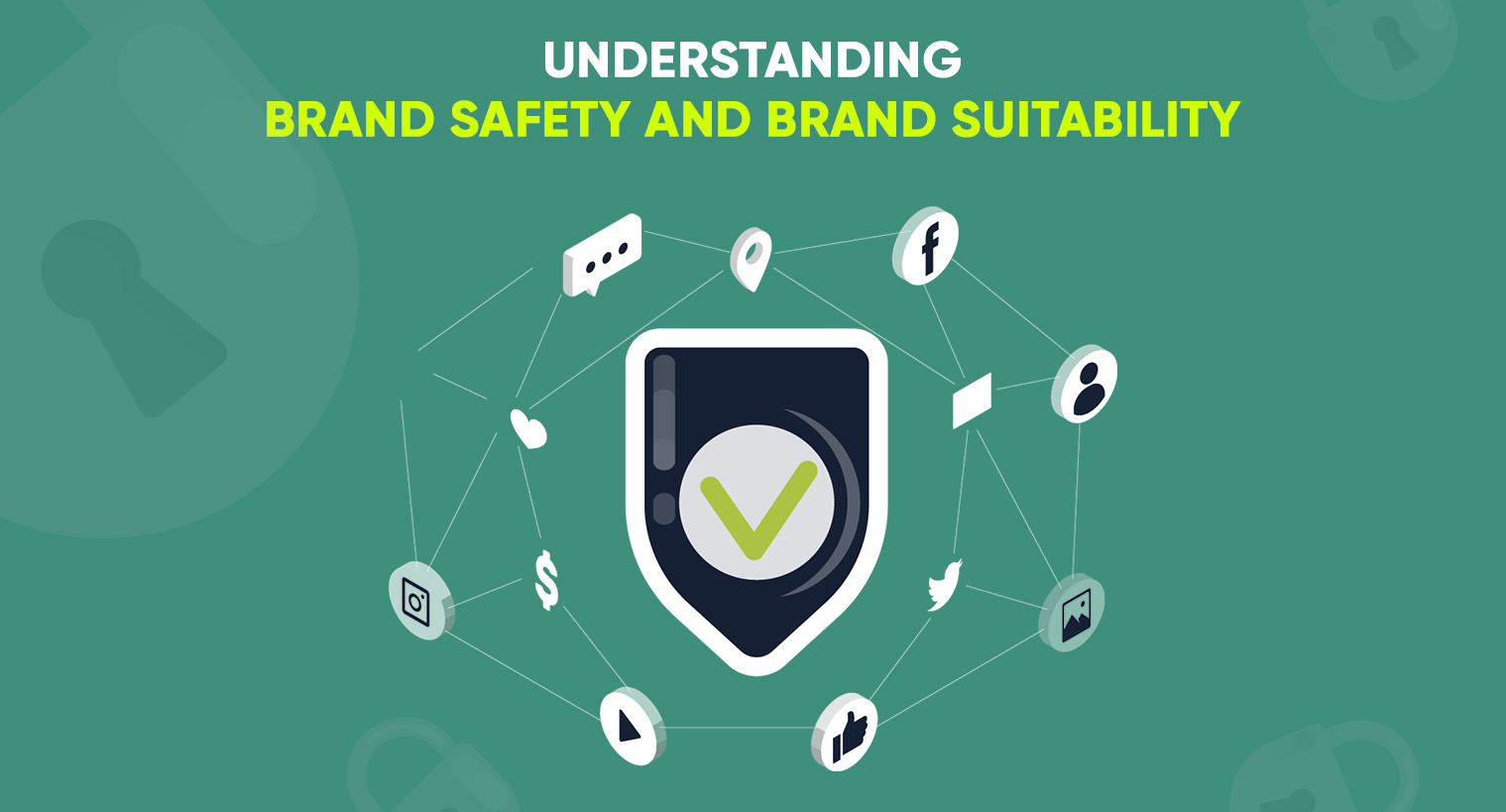7 Best Practices to Ensure Brand Safety on Different Channels | 02 Jun, 2022

In today’s digital era, brand safety has become a major point of concern for marketers. From fake news to questionable content, marketers need to be more cautious in navigating their media supply chain.
Brands like Sonos and Cisco recently had to withdraw their ads due to brand safety concerns and these are just two examples among hundreds of marketers. Not surprisingly, social media has also made it even more likely that brands getting displayed alongside inappropriate content will be called out soon. Every misconduct is now under the spotlight, instantly challenging a company’s reputation. So how is the digital industry dealing with it?
To explore deeper into the scenario of brand safety, let’s have a look at the happenings. Most advertisers are taking the necessary actions to ensure the integrity of their brands. But there’s much more that can be done to overcome the challenge of brand safety.
Brand Safety Concerns are Rapidly Increasing
According to a research, the majority of advertisers—99%—worry about whether their ads will show-up in a brand-safe environment or not. Also, 58% of advertisers are more concerned about brand safety comparative to the last year.
Best Practices to Ensure Brand Safety
As an advertiser, it is crucial that you take actions to keep your brand safe. Incorporating a brand safety verification to your campaign will help you protect your brand online. Here are few things that you can begin doing today to ensure your brand remains safe.
Determine What Brand Safety Means for You
The IAB and few other firms have outlined the industry-standard definition of brand security. But it is important that you establish your own definition. This is vital because brand safety is subjective.
Make the list of toxic content because what could be taboo for your brand may be okay for another. For example: A gaming firm may have different contextual tolerances compared to a children’s E-app producer.
Establish Transparency
You are required to know where your banners are served. And you should know where your money is spent in the ad supply. Without this information, your advertisement budget may go out of control, you cannot make good decisions, and you are vulnerable to fraud.
One way in which companies can take ownership over their ad buying strategy is via in-house initiatives.
Hire a Reputable Programmatic Agency
Make sure you select an agency or programmatic platform that you can rely on. It is one of the most crucial steps you can take to ensure brand safety. Perhaps choosing a programmatic platform is critical.
Opt for a Premium Inventory
If brand safety is a major priority for your brand, you should be choosing premium inventory only. This alternative is costlier than blind bidding, for example. But you will be ensuring that your ads do not end up on unsafe platforms or web pages.
Ignore Blacklisted Publishers
This step might seem like an obvious one, but blacklisted publishers sometimes seem attractive. Especially with their low prices and fake marketing. However by hiring a blacklisted publisher you are putting your company in danger. So, avoid them.
Use Insights to Monitor Campaigns in Real-time
To increase the impact on your audiences, use real-time data to know where your ads are appearing. If you see your brand safety getting compromised then take action in real-time. By using insights you can transform any targeting or setting related with your campaign.
Look at Third Party Data
If brand safety is means something to you, then look at firms that offer third-party verification. Few firm offer to check pages and sites before publishing. Making sure your ads aren’t appearing on sites, pages, or near any unsafe content.
Conclusion
The huge takeaway from the article: advertisers are concerned—and media buying partners and ad-buying platforms need to focus on brand safety.
In order to avoid risk, partners need to take more effective steps such as manual and automated vetting, installing whitelists/blacklist capabilities, including pre-bid filter systems, bringing on third-party providers and making a comprehensive takedown policy. Social media platforms have the most work to do as these platforms mainly rely on user-generated content—making brand safety much more challenging to manage.

BLOGS
Crafting a Winning Mother’s Day Advertising Strategy for 2024: Insights and Trends
As we approach Mother’s Day 2024, brands must prepare to adapt to changing consumer needs and preferences. Considering the current market dynamics and consumer behavior, it's crucial to develop a successful Mother’s Day campaign that extends beyond the day itself. Here's a detailed roadmap to navigating the Mother’s Day market, ...

BLOGS
Win Gold for Summer Olympics 2024 with AI-Powered Video Ads
The Paris Olympic Games 2024 is not merely a gathering of the world’s finest athletes, but it’s a testament to unity, diversity, and the pinnacle of human excellence. The grand spectacle sparks surges in consumer engagement and purchase intent worldwide. Whether you operate shoe boutiques in Ohio, bicycle repair shops ...

BLOGS
Interactive Video Ads: Turn Passive Viewers to Active Participants
Interactive video ads signify a revolutionary change in digital advertising, turning passive spectators into dynamic participants. Through the smooth integration of interactive elements such as touchpoints, quizzes, and clickable features, these ads present an unparalleled avenue for brands to connect with their audience. Viewers are no longer just observers but ...











